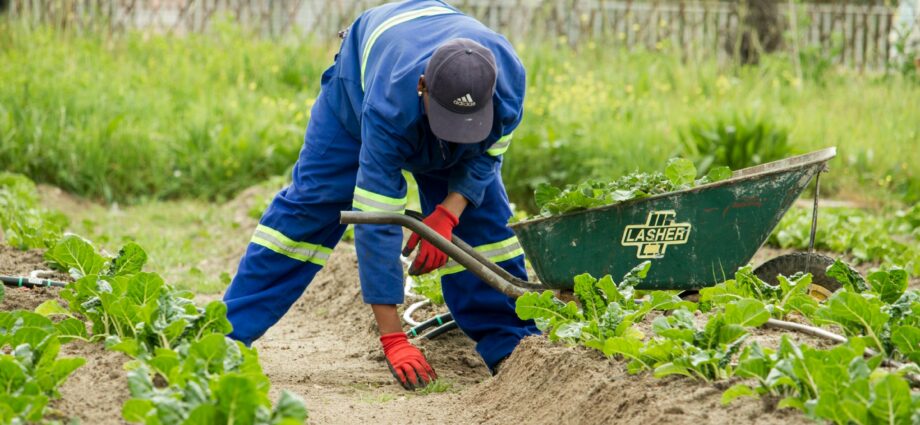
From crop choices to community impact, stewardship broadens sustainable farming
November 16, 2024
Whilst agricultural sustainability is valued by many, the definition of “sustainability” differs between people. For policymakers, it can often focus on regenerative practices and meeting climate goals. However, for farmers, sustainability is much broader, looking at their sustainability, such as being able to continue farming every year and ensuring financial stability, all while protecting the land. However, rather than “sustainability,” the word that best reflects this all-encompassing approach is “stewardship.”
Why farmers are the original stewards of the land
Farmers have long practised stewardship, balancing land management, environmental impact, and financial needs. This holistic perspective means that sustainability in agriculture cannot be defined by specific practices alone—it requires a deeper understanding of each farm’s unique challenges. Conversations around “sustainable crops” often overlook the diverse realities farmers face, focusing narrowly on inputs or methods rather than the full picture of sustainable agriculture.
To promote sustainable farming practices effectively, we need to approach agriculture through stewardship, considering the long-term health of both the farm and the farmer’s livelihood. This shift requires the support of the entire ecosystem, including trusted advisors and industry players.
Trusted advisors: Guiding sustainable product adoption
Agronomists and other advisors play a crucial role in stewardship by helping farmers make informed decisions about sustainable crops and inputs. Each season, farmers encounter numerous new products with promises of improved yield or reduced environmental impact, but these come with costs, risks, and steep learning curves. Advisors provide essential guidance, offering personalised recommendations that consider the land’s needs and long-term sustainability.
Advisors also connect farmers to broader market demands, such as those for ethanol or sustainable aviation fuel crops, by explaining how these choices can impact carbon intensity scores or incentives. By sharing this “cognitive load,” advisors make it easier for farmers to adopt new practices without taking on all the risk.
Retailers and manufacturers: Sharing financial risk
One of the biggest challenges for farmers adopting sustainable practices is overcoming loss aversion—the tendency to avoid potential loss even when there’s a chance of future gain. This makes farmers hesitant to invest in unfamiliar methods or products. Retailers and manufacturers can help alleviate this concern by sharing the economic risk through tools like warranties.
For instance, manufacturers might offer warranties on yield when farmers follow specific sustainable practices. This reassures farmers that their initial financial risk is mitigated, enabling them to adopt practices that are more sustainable over the long term. By reducing economic barriers, these ecosystem partners facilitate broader adoption of sustainable solutions.
Stewardship: A holistic vision for farming’s future
Stewardship goes beyond simple sustainability. Farmers must balance profitability with land preservation and environmental impact—a responsibility that benefits everyone. Better stewardship depends on shared support from the agricultural ecosystem, from advisors who lighten the decision-making load to companies that cushion financial risks.
A stewardship approach, in regard to sustainability in farming, not only includes but transcends short-term practices. Farmers need strong incentives, resources and economic support or cooperation in order to continue to nurture the land and feed communities for long-term sustainability.
Farmers should take advantage of ESG tools such as IMPAKTER PRO, which can help guide them to better ESG and sustainability performance, leading to lower costs and greater efficiency for a better long-term future.
***
This article is referenced from Find competitive advantages with ESG integration: A path to decarbonization & community impact by AgFunderNews
Subscribe to our newsletter.
This article was originally published on IMPAKTER. Read the original article.

